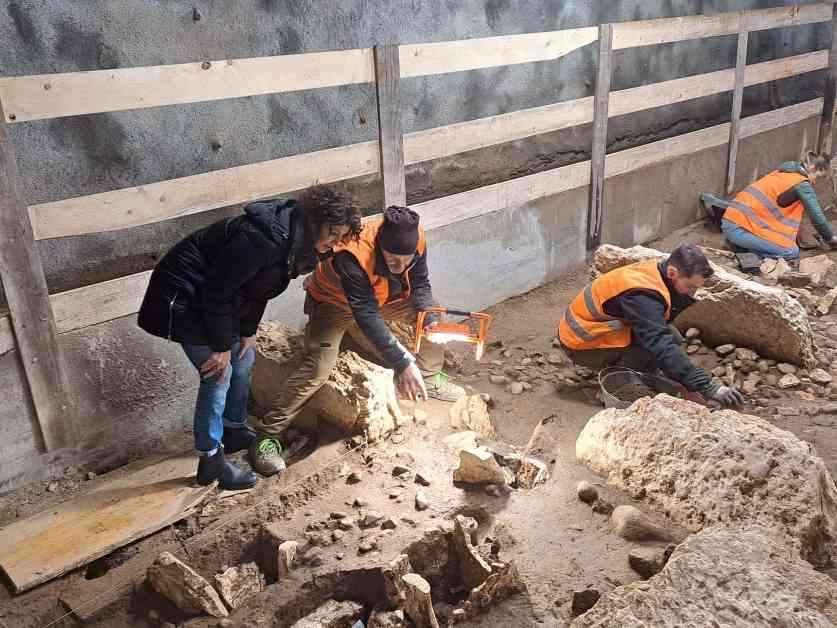Archaeologists in Italy have recently made a groundbreaking discovery in the city of Trento, uncovering a vast necropolis dating back to the pre-Roman Iron Age. This monumental find sheds new light on the region’s ancient history, with at least 200 individual tombs offering a glimpse into the lives and customs of those who lived over 2,000 years ago.
The necropolis was stumbled upon during routine restoration work on a historic building in Santa Croce, a neighborhood in Trento. Led by the city’s archaeological heritage office, the project has unveiled a treasure trove of information about the ancient inhabitants of the area.
Preservation through Time
One of the most fascinating aspects of this discovery is how the necropolis has been remarkably preserved over the centuries. Experts speculate that prehistoric flooding from nearby rivers played a crucial role in sealing the sediment, effectively creating a time capsule that has kept the burial ground intact for millennia. This natural phenomenon has allowed archaeologists to unearth not only cremated human remains but also a variety of grave goods.
Among the artifacts found in the tombs are decorative objects, metal weapons, as well as glass and amber items. These objects offer clues about the cultural influences and connections of the people who inhabited the region during that era. Additionally, fibers discovered in some of the tombs suggest that the dead were wrapped in fabric, providing insight into the burial practices of the time.
Insights into Ancient Societies
Excavation superintendent Franco Marzatico expressed the significance of the find, highlighting how the burial rituals reflected power, privilege, and social status within the ancient society. The presence of tall limestone pillars, known as funerary steles, further emphasizes the importance of these tombs. Standing up to 7.9 feet tall, these steles marked individual graves and served as a striking feature of the necropolis.
Francesca Gerosa, the vice president and provincial councilor of culture in Trento, emphasized the importance of this discovery in reshaping the city’s historical narrative. She noted that the necropolis offers a fresh perspective on Trento’s past, going beyond its well-known Roman roots. By delving into the history of the region, archaeologists are uncovering a rich tapestry of stories that paint a vivid picture of life in ancient Trento.
In conclusion, the discovery of the Iron Age tombs in Trento is a testament to the enduring allure of archaeology and its ability to connect us to our past. As researchers continue to delve into the mysteries of the necropolis, we can look forward to unraveling more secrets of this ancient civilization and gaining a deeper understanding of our shared human history.












